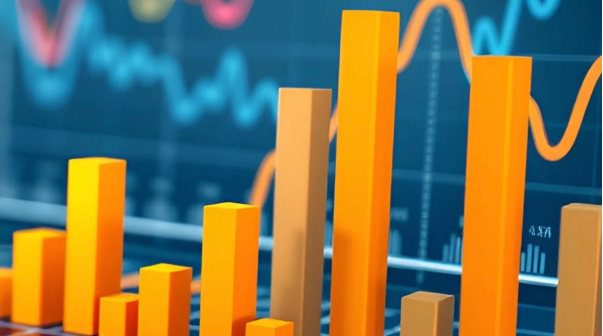Quotes trading broker If you’ve spent any time trading binary options, you’ve probably noticed something strange about some platforms: the website address doesn’t always stay the same. One week you’re logging in through one URL, and the next week, it’s gone , replaced by another one that looks almost identical. For most people, this feels like a small technical annoyance. But if you look closer, it’s not just an inconvenience , it’s a signal. A platform that keeps changing its domain name is waving a bright red flag about what’s really going on behind the curtain.
In theory, a trading platform should be a place of stability. You want the charts to move, not the ground under your feet. But in parts of the online trading world , especially with unregulated or loosely supervised brokers , that stability doesn’t exist. The domain name isn’t a permanent home; it’s a moving door, sometimes changing shape to dodge regulators, restrictions, or the growing list of complaints from users who couldn’t withdraw their money.
To a new trader, that might sound dramatic. To an experienced one, it’s familiar , and dangerous.
The Vanishing Act
So why do these domains keep shifting? The answer’s simple but unsettling: regulation. Or rather, the lack of it.
A fully licensed and properly regulated broker has no reason to keep hiding. Their name, their license, their address , all of it sits right out in the open. But when a company operates from an offshore zone , somewhere with light oversight and vague accountability , that transparency disappears.
When regulators from countries like the UK, Australia, or the EU blacklist a site for operating without a license, that site doesn’t shut down. It just mutates. A new domain appears overnight, with a similar name and design, and trading resumes as if nothing happened. It’s like a digital game of hide-and-seek , and the traders are the ones always trying to catch up.
The Real Risk: Confusion and Clones
Every time a platform changes its address, it opens a window for bad actors. Fake “mirror” sites pop up , perfect copies of the real interface, except designed to steal your login, your identity, or your funds.
The average trader can’t easily tell the difference. The logo looks the same, the colors match, and the login page feels familiar. All it takes is one wrong click , one login on a clone domain , and your account is gone.
The irony is brutal: the instability of the real platform makes it easier for scammers to pretend to be it.
The Disappearing Trust
But there’s a bigger issue than phishing , trust, or the lack of it.
Real financial institutions build trust over years. They hold licenses, publish reports, and proudly show who owns and operates them. Their brand is a kind of digital anchor. If something goes wrong, you know where to go, who to contact, and what laws protect you.
When a trading platform keeps switching names and URLs, that anchor is gone. You don’t really know who’s behind it , and when you can’t trace accountability, you can’t demand justice.
Imagine trying to withdraw your profits, only to see the website go offline for “maintenance” , and when it comes back, it’s under a new domain. You send an email to support, but the address bounces. You look for help on social media, but the links no longer work. Suddenly, the money isn’t gone because of a bad trade , it’s gone because the company vanished behind a new layer of web infrastructure.
That’s not trading risk. That’s structural risk.
What You Can Do
If you’re trading on platforms like Quotex, the solution isn’t panic , it’s vigilance. Always confirm that you’re logging in to the official domain (usually verified through the platform’s main communication channels or trusted sources). Bookmark it. Don’t follow random links from Telegram, YouTube, or “bonus” emails promising higher payouts.
And most importantly , keep your capital fluid. Don’t let all your funds sit inside the platform. Withdraw regularly, even in small amounts, to test the payout pipeline. The safest place for your money isn’t the trading account , it’s your wallet.
Digital flexibility is not the same as financial security. A shifting web address might look like clever agility, but more often than not, it’s a signal that you’re standing on unstable ground. In a market already built on volatility, you don’t need that extra layer of risk.
Protect your capital, verify the official domain, and never forget: in online trading, the only sanctuary is the one you build for yourself.
